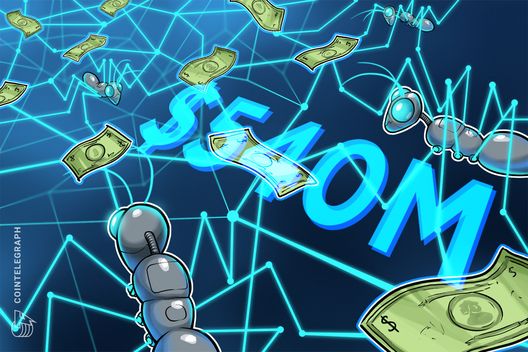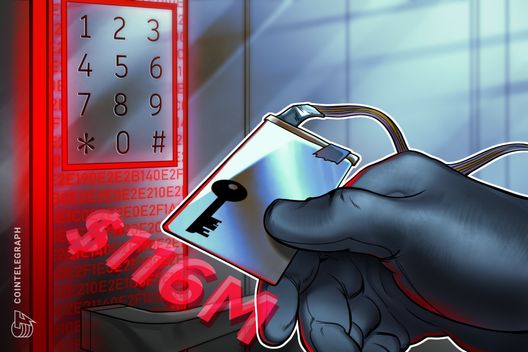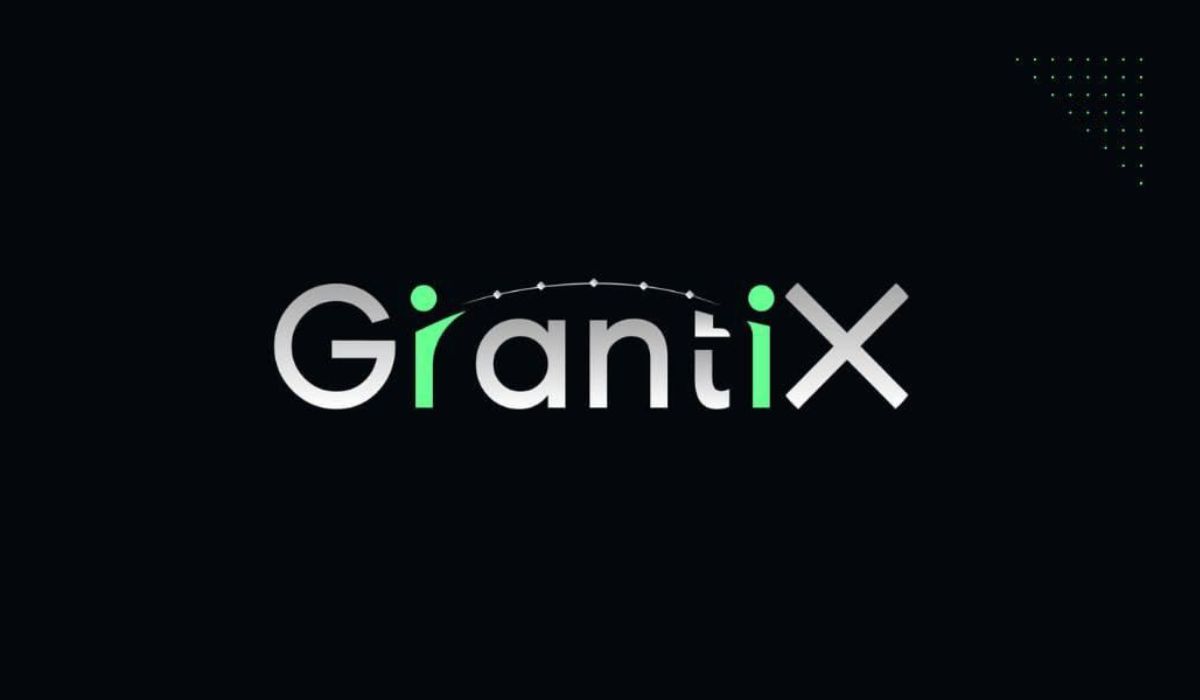ARTICLE AD BOX
Introduction to NFTs
In the dynamic world of technology and digital currency, NFTs (Non-Fungible Tokens) are dramatically cutting a new edge. Primarily associated with the art landscape, they have disrupted how we understand, buy, and appreciate art in its digital form, making it much more than a static file on the computer.
What are NFTs?
Using blockchain technology, NFTs, short for Non-Fungible Tokens, are digital assets. They represent ownership or proof of authenticity of unique items or contents. This implies that they cannot be replaced with something else, unlike cryptocurrencies such as Bitcoin or Ethereum, which are fungible or exchangeable on a like-for-like basis.
- NFTs carry specific information that makes them distinct, and thus, they vary in value.
- They can represent digital files such as digital art, music, and other forms of creative work.
- However, the recent focus has been on their use in the art industry, where digital art becomes tokenized on the blockchain to become an NFT.
How do NFTs work?
The magic behind NFTs lies in the use of blockchain technology, particularly a type called Ethereum, which supports NFTs. Each NFT contains distinctive information or attributes, making it unique and non-fungible.
- When an NFT is created or ‘minted,’ information is ‘written’ onto an underlying blockchain (a digital ledger), providing it with proof of authenticity and ownership details.
- This information is maintained across multiple computers across the globe, making it nearly impossible to alter or forge.
- When an NFT is bought or sold (trading), the transaction will be recorded immediately on the blockchain, providing a verifiable provenance.
- The blockchain’s decentralized nature ensures that the NFTs can’t be seized, deleted, or duplicated.
This digital art revolution creates a unique way to buy, sell, and appreciate digital art, fueled by the state-of-the-art technology behind Non-Fungible Tokens.

Understanding the Impact of NFTs in the Art World
How NFTs are Revolutionizing the Art Market
Firstly, NFTs, or non-fungible tokens, impact the art market by digitizing artwork ownership. In essence, NFTs leverage blockchain technology to create unique, verifiable tokens that cannot be replicated. When an artist mints an NFT, they make a digital certificate of authenticity that’s unforgeable and permanently linked to their art piece. Thus, the ownership of digital art can be tracked, bought, and sold with transparency, reducing the chances of fraud.
Secondly, NFTs have democratized access and participation in art markets. The traditional art market, often criticized for its exclusivity, can now be bypassed as artists can directly sell their work to anyone worldwide. As a result, lesser-known artists can monetize their work without relying on galleries or agents.
Benefits and Drawbacks of Using NFTs in the Art Industry
The use of NFTs in the art industry has benefits and drawbacks.
The benefits include:
- Ownership: As mentioned, NFTs allow for verifiable ownership of artwork.
- Democratization: NFTs break down barriers in art transactions, allowing artists to connect directly with consumers without intermediaries.
- Resale Royalties: When artists sell their NFTs, they can program royalties into the token, ensuring they’ll receive a percentage of any future resales – a feature unavailable in the traditional art market.
On the flip side, the drawbacks are:
- Environmental Concerns: The power-hungry blockchain technology for minting NFTs raises significant environmental concerns.
- Market Volatility: The value of NFTs can fluctuate widely as it’s a relatively new and unpredictable market.
- Legal Issues: Intellectual property rights and copyright infringement are yet to be fully addressed.
Informing oneself of these nuances is critical to engaging responsibly and effectively with NFTs in the art industry.

Exploring the Relationship Between NFTs and Digital Art
In the age of digitalization, artistic expression has significantly evolved. This evolution has brought us to the doors of NFTs. These non-fungible tokens are changing the way we experience and value art.
Defining Digital Art
Digital art is a type of art that relies on digital technology for its creation or presentation.
This art form can include both 2D and 3D works and covers various categories, from digital painting and photography to digital sculptures and animations. Digital art emerged from the technological revolution of the late 20th century and has since become an integral part of contemporary art.
The Rise of Digital Art in the NFT Space
NFTs, or non-fungible tokens, are unique digital assets. It uses blockchain technology to establish ownership and authenticity. These tokens can represent digital files, such as art, music, and much more – essentially, anything that can be digitized.
In the last few years, we’ve seen a significant rise in digital art in the NFT space.
The first major breakthrough occurred when the digital artist Beeple sold his artwork “Everydays: The First 5000 days” for 69 million dollars through Christie’s auction house.
This created an unprecedented buzz around NFTs and highlighted their potential to revolutionize the art industry.
How NFTs are Changing the Way Digital Art is Bought, Sold, and Appreciated
NFTs are transforming the traditional processes of buying, selling, and appreciating art in several ways.
- Firstly, NFTs are making the art world more accessible to artists by allowing them to sell their work directly to collectors without needing intermediaries like galleries and auction houses. This opens up opportunities for artists, particularly digital artists who have historically struggled to monetize their work.
- Secondly, NFTs are introducing a new paradigm for art ownership. With an NFT, the buyer gets a digital certificate of ownership stored on the blockchain. This eliminates fraud and forgery that have plagued the traditional art market.
- Lastly, NFTs are reshaping the way we value and appreciate art. The blockchain’s transparency gives an asset’s provenance new legitimacy, making art appreciation more dynamic and inclusive.
In conclusion, NFTs and digital art intertwine in their biography and development. As we continue exploring this digital frontier, the relationship between these two will likely deepen and diversify even further.
How to Create and Buy NFTs
The surge in digital art and NFTs has paved the way for artists to innovatively create, display, and sell their digital masterpieces. Here’s a brief overview of how you can dive into this exciting world.
Step-by-step guide to creating an NFT
Creating an NFT is a simple process with a few key steps. The following is a step-by-step guide that can help you get started:
- Choosing a Blockchain: Ethereum is the most common blockchain for creating NFTs due to its widespread adoption and robust community support. Other blockchains include Binance Smart Chain, Polkadot, Tezos, etc.
- Creating a Digital Wallet: You need a digital wallet to interact with the blockchain and create an NFT. MetaMask is a popular choice among Ethereum users.
- Minting the NFT: To create an NFT, you “mint” a digital object on the blockchain. Several platforms, such as Rarible and Mintable, simplify the minting process.
- Listing and Selling: Once the NFT is minted, it’s up for grabs on the platform’s marketplace, where you can set a price and sell it to the highest bidder.
Please note that the cost of minting an NFT can vary depending on the blockchain network traffic and your platform.
Platforms for buying and selling NFTs
You can buy and sell NFT on many different platforms. Here are a few top choices:
- OpenSea: Known as the most significant general marketplace for various types of NFT, including art, domain names, virtual real estate, and more.
- Rarible: This decentralized platform offers the ability to create, buy, and sell NFT.
- SuperRare: As the name suggests, SuperRare focuses on single-edition digital artworks.
 Source: OpenSea
Source: OpenSeaEach platform has unique features and community, so it might be beneficial to explore a few before settling on one.
Tips for navigating the NFT market and avoiding scams
Like any new market, the NFT market is exciting but ripe with potential scams. Here are a few tips to avoid pitfalls:
- Always research the NFT’s history, including the creator and past owners.
- Be skeptical of deals that seem too good to be true. High-value NFTs are often marked up significantly.
- Use reputable platforms for transactions. Make sure the marketplace has robust security features and a responsive support team.
NFTs allow digital artists to monetize their work in ways never imagined before. As with all technology and financial ventures, proceed with care, educate yourself, and always make informed decisions.
How cryptocurrency and blockchain technology enable NFTs
Cryptocurrencies, particularly Ethereum, and blockchain technology are crucial in granting NFTs unique properties. These two elements are necessary for the concept of NFT and their influence on the art world to be possible.
Understanding the connection between NFTs and Cryptocurrency
Non-fungible tokens, NFT, are distinct digital assets on a cryptocurrency’s blockchain. They are most commonly associated with Ethereum, a cryptocurrency. Unlike Bitcoins or other cryptocurrencies, NFT cannot be traded at equivalency.
This is because no two NFT are alike- they are non-fungible. Each NFT has information or attributes that make it unique. Hence, they cannot be directly replaced by another token. They are digital collectors’ items.
On the financial side, most of the buying and trading of NFTs take place with Ethereum.
- Artists wishing to mint (create) NFT must spend Ether (Ethereum’s currency).
- Buyers wishing to purchase must do so with Ether.
- NFTs are held in digital wallets linked to the Ethereum blockchain.

Exploring the use of blockchain technology in NFTs
Blockchain technology is the underpinning force that provides NFT with verifiability and scarcity, two critical features driving the value of digital art. Blockchain can be equated to a public ledger that records transactions. A permanent entry is made into the blockchain each time an NFT is bought, sold, or traded. This ledger:
- Provides transparent transaction history and ownership records.
- Ensures the scarcity of a digital item as blockchains allow creators to limit the total supply (mint) of their art.
- Allows for secure transfer of ownership as the transfer cannot be forged, altered, or undone once it’s done.
Potential Future Developments at the Intersection of NFTs, Cryptocurrency, and Blockchain
Potential future developments at the intersection of NFTs, cryptocurrency, and blockchain technology are endless. As more people gain awareness and interest in these digital assets, the technology supporting them will continue to evolve.
New forms of cryptocurrencies might emerge, explicitly tailored to the needs of NFTs. Also, improvements in blockchain technology could make minting and buying NFTs more efficient and cost-effective.
Moreover, the extension of NFTs beyond the art world into other sectors such as music, real estate, gaming, and fashion is already underway, hinting towards an even more revolutionary future for NFTs.
In conclusion, while NFTs are still a relatively new concept, the impact of these digital tokens, underpinned by cryptocurrency and blockchain technology, cannot be underestimated.
The Future of NFTs and the Art World
As we peek into the crystal ball on the table of the future, few areas seem as poised for further change and heady growth as the world of NFTs, non-fungible tokens, within the art industry.
Predictions for the future of NFTs in the art industry
The horizon of NFT-impacted art looks bright and impressive. Here are a few predictions:
- Quality and Sustainability: As the novelty wears off, expect a focus on art quality. Artists who bring unique viewpoints and skills will continue to thrive, whereas others who merely use the platform as a cash grab may fade away.
- Diversification of Digital Wealth: NFT are anticipated to further diversify the types of digital wealth available in the cryptocurrency domain.
- Development of Virtual Galleries: With more artists turning digital, we might see the proliferation of virtual galleries and exhibition spaces, further fueling the adoption of virtual reality technology.
- Democratization of Art: Blockchain technology touts transparency and security, which could lead to more egalitarian practices in art.
Challenges and opportunities for artists, collectors, and institutions in an NFT-dominated art world
Although NFT introduce numerous opportunities, they also present particular challenges – a classic double-edged sword scenario.
Artists stand to gain unprecedented control over their works, benefitting from direct sales and smart contracts ensuring perpetual royalties. Yet, they must battle to safeguard their art from piracy and illegal duplication – the irony of the digital world.
Collectors will enjoy a seamless purchasing process and unique digital art pieces. Still, they must navigate the volatile cryptocurrency world and the potential for devaluation.
It’s an era of relearning and adaptation for institutional art collectors and art-based organizations. Adapting to this digital paradigm might be challenging initially. Still, it has the potential to yield a global audience, transparent dealings, and greater inclusivity.
In conclusion, NFT are not just disrupting the art world — they’re revolutionizing it, re-scripting the future roadmap of art and artists in exciting, unpredictable ways. The arrival of NFT and their integration into the art world signify an exciting epoch in the evolution of art. And it is only just the beginning.
Conclusion
In conclusion, it’s clear that NFT are drastically changing how we understand, appreciate, and trade art, especially in the digital realm. They offer a solution for digital artists to monetize their work, ensure authenticity, and retain some control over their creations.
However, conducting thorough research before diving headfirst into this new asset class is crucial. Always remember that risks accompany every form of investment. But with the correct understanding:
- NFT can provide lucrative opportunities,
- Empower creators,
- And give a fresh perspective on the world of art.
The journey of NFT is just beginning, and seeing where it will lead is exhilarating. The revolution is here, and it is digitized.
The post NFTs Revolution: How Digital Art is Changing the World first appeared on CoinWatchDaily.
.png)
 1 year ago
35
1 year ago
35








 English (US)
English (US)